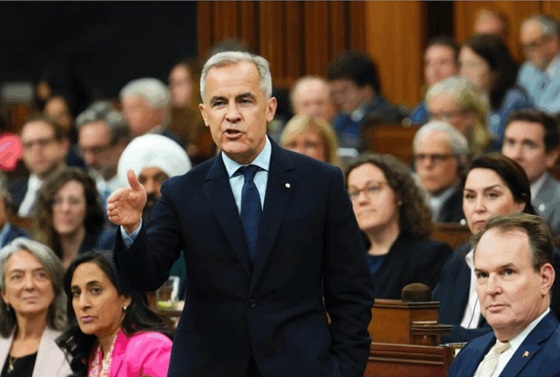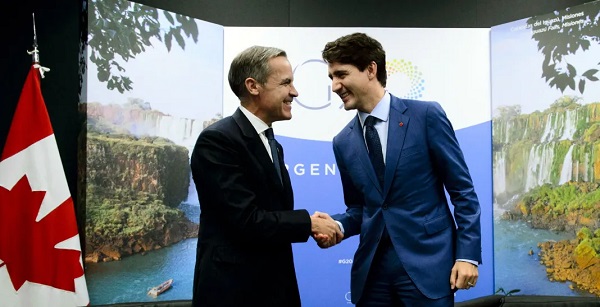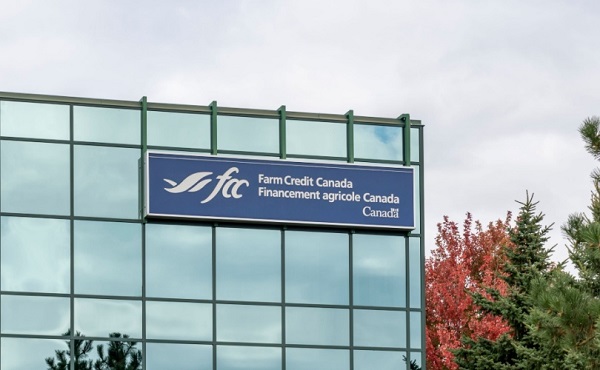Bruce Dowbiggin
NHL Video Review: You Can’t Handle The Truth
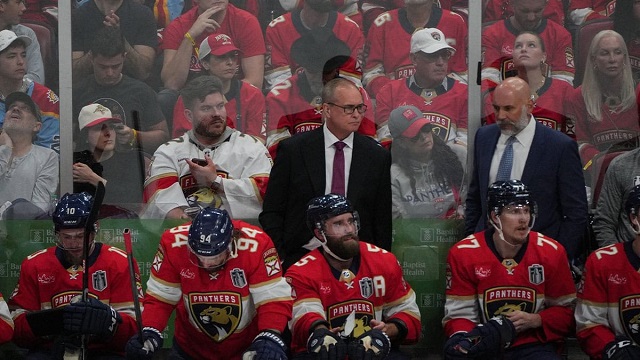
At a time when the Florida Panthers needed a break in Game Six of the Stanley Cup Final Series, they got something more like the Zapruder film. Blurry, inconclusive, dramatic and very, very upsetting. Trailing Edmonton 2-0 before a braying Oilers fanbase, struggling Florida thought they’d scored in the second period to make it 2-1.
Hope of a comeback sprung eternal on the Panthers’ bench. At the Oilers’ bench, however, rookie coach Kris Knoblauch was peering down at something on his digital tablet. Could it be the bang-bang play at the Edmonton blue line was offside? Knoblauch decided to risk it all on a challenge. If he won, Florida’s momentum would be stopped. If he lost, it would be a one-goal Oilers’ lead with Florida going on the power play—the penalty for a wrong challenge.
For the next minutes the NHL video review officials in Toronto pondered the play from multiple angles. In the booth the announcers called it too close to call. Several angles seemed to show the play was indeed offside. On the TV broadcast viewers could see the arbiters of angles cogitating about the call in their studio. Others were not so definitive. Time passed like days, not minutes.
After an excruciating wait, the goal was disallowed, the crowd went wild, and the Oilers rolled to an easy 5-1 victory, tying the Final series and forcing Game 7 in Florida. In your grandfather’s NHL, the losing coach would here have exploded in rage against technology, homer refs and the summer solstice. At first Maurice gave an Oscar-winning performance as the aggrieved coach behind the bench.

Afterward, however, a more-composed Maurice was more sanguine on whether the video system had worked properly. “I have no idea. It may well have been offside,” he told the postgame presser. “The linesperson informed me that it was the last clip that they got where they made the decision that it shows it’s offside. I don’t have those (clips). So I was upset after the call, based on what I see at my feet and what my video person looks at.”
He then explained that he was most concerned by the possibility of a penalty for a failed challenge. “There was no way I would have challenged that if (the situation) were reversed,” Maurice told the media postgame. “There was no way I thought you could conclusively say that was offside. I don’t know what (angles) the Oilers get. I don’t know what the league gets. I just know that (if) I had to challenge that based on what I saw, I would not have challenged.”
Maurice, who’s noted for his wit, then added, “I’m not saying it’s not offside. We’ll get still frames, we’ll bring in the CIA, we’ll figure it out. But in the 30 seconds that I would’ve made that call, I would not have challenged.”
So how to make replay better? Those watching the ongoing EuroCup24 soccer tournament can see that soccer, the most hidebound sports for decades, is using technology to get their byzantine offside rule called properly. In one game, Belgium’s star Lukaku had, not one, but two goals nixed by the technology.
There have been ponderous delays for review, yes, but there is no question that the calls when finally decided are correct. Much like the Hawkeye technology for calling lines in tennis, soccer’s tech is impartial and unequivocal. And it largely removes the tinfoil-hat contingent from spreading conspiracy theories.

Nothing illustrates the schism between the modern hockey fan and the Original Six more than video replay (they dropped “instant” replay for obvious reasons). People born to the digital age see no problem with getting it right, however long it takes. The only thing wrong is that they can’t (yet) control it with a joystick.
Old-timers like the “human element” romanticism of allowing blown calls, like the phantom tag at second base or the football barely crossing the goal line in a pile of bodies. They want the free flow of the game not to be interrupted (unless by a fight). They insist that lengthy delays, like betting commercials, ruin the sport’s purity.
In this they’re like the MLB folks who are still resistant to having their ABS system call balls and strikes. While old catchers and retired umpires wax lovingly about the art of “framing pitches” (translation: tricking umps into wrong calls) the home viewer can regularly see umpires missing 8-10 percent of the calls in a game. Yet commissioner Rob Manfred still drags his feet on the imposition of a system that is already working in the minors.
The reality is that, in this time of betting and network domination, there is no excuse for getting it wrong. As we have mentioned on numerous occasions, there is no allowing for doubt when you’re taking hundreds of millions from the betting industry.

So let’s see the NHL introduce an offside technology like that in soccer. Let’s see the NFL install a chip in the football that sends the first-down “chain gang” to oblivion. Let’s see MLB get the calls right. Even if the old-timers can’t stand it.
Bruce Dowbiggin @dowbboy is the editor of Not The Public Broadcaster A two-time winner of the Gemini Award as Canada’s top television sports broadcaster, he’s a regular contributor to Sirius XM Canada Talks Ch. 167. His new book Deal With It: The Trades That Stunned The NHL And Changed hockey is now available on Amazon. Inexact Science: The Six Most Compelling Draft Years In NHL History, his previous book with his son Evan, was voted the seventh-best professional hockey book of all time by bookauthority.org . His 2004 book Money Players was voted sixth best on the same list, and is available via brucedowbigginbooks.ca.
Bruce Dowbiggin
Elbows Down For The Not-So-Magnificent Seven: Canada’s Wilting NHL Septet
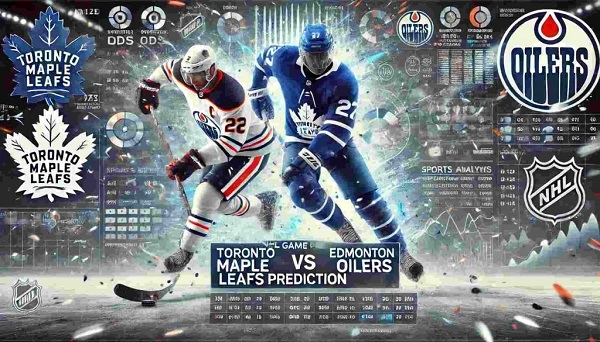
The week after Grey Cup is always a good time to look in for our first serious analysis at how Canada’s NHL teams are doing. So let’s take a quick… WHOA… what’s happening here?
If the playoffs were to begin next week (we wish) then it would be a cold breakfast for teams in Elbows Up. Just two clubs—Winnipeg and Montreal— would even qualify for the postseason. And the Jets have just found out their star goalie Connor Hellybuyck is unlikely to play much before mid-January.
The two putative Canadian hopes for a first Stanley cup since 1993— Toronto and Edmonton— are sucking on vapour trails. After being raked 5-2 by Montreal, the Leafs have just a 24.9 percent chance of making the playoffs. Conor McDavid’s Oilers have a better percentage but their same old goaltending woes and a ticking clock on McDavid’s back.
Granted that, going into the weekend, no team in the East was more than four points out of the wild-card spot while all but three teams were within three points of a playoff spot in the West. But the Canadian teams are stuck behind some premium teams and need lotsa’ luck so they end up like Max Verstappen not Lance Stroll.
Maybe a Canadian men’s Olympic gold medal can reduce the sting of no Cup, no future for another season. But it won’t save the jobs of coaches in Calgary, Toronto and Vancouver unlikely to survive also-ran status. Let’s take a close look at the not-so-magnificent seven starting west to east.
Vancouver: The Nucks have a sterling 4 percent chance of making the postseason as of this writing. In the powerful Western Conference that’s still an insult to a franchise that hasn’t recovered from the hasty 2013 firing of GM Mike Gillis—who won… let us us see… two Presidents Trophies and six Western Conference titles in a row. Since then? Uh, bagel.
It’s nice that Elias Petterson has come back from the morgue this season. But it will come down to goalie Thatcher Demko staying healthy and whether ownership wants to go full tank or just a quarter-tank for a draft pick. Hard to see Adam Foote surviving as coach.
Calgary: Speaking of tanking, everyone in Calgary wants the Flames to do a teardown for the top picks in the 2026 Draft. Everyone, except, for the Flames absentee owner Murray Edwards and his robo-spokesman Don Maloney. They want the five percent chance at a playoff spot and a mid-round first draft pick. The Flames missed the chance to restructure in 2023 when Johnny Gaudreau and Matthew Tkachuk departed. But again, denialism in the management suite tried to make it an even trade with Florida, sign huge new contracts and keep pushing. Bad decision.
Only question here is when does the purge begin and what can they get to help Dustin Wolf— signed for seven more years— in net?
Edmonton: We’ve written at length here and here about the McDavid saga. He and the management team halved the baby with a short-term deal to pretend he’s staying in the Chuck. Their healthy chance of making the playoffs (75.5 percent) says one thing. Their play in the putrid Pacific— they’re given up six-goals-plus five times in just 24 games— says another. But as long as McDavid and Leon Draisaitl stay healthy they might still finesse a ticket to a their third straight Finals ride.
But if they get near the trading deadline and the postseason is a mirage the noise to trade McDavid will be deafening. And the offers staggering for a capped-out team.
Winnipeg: Last year was supposed to be the Jets big year. Okay, that didn’t work out so well. The Jets kept their core together for another chance at finally making a serious playoff run. So it will all come down, as it has in the past, to the health and playoff juju of Hellybuyck. Their ticket out of the Central Division lies in beating powerful Colorado and Dallas and, if that happens, staying healthy.
The Jets would probably just as well their stars didn’t go get beat up in the Olympics, but that’s unlikely. There’s always been a karma about Winnipeg breaking the Canada Cup jinx. Still a long shot.

EAST
Toronto: So you’re saying Mitch Marner wasn’t the problem with the highly rated Maple Leafs never getting as far as the Conference Finals? They’re 3-5-2 in their last ten, their captain is still a sulky figure— only now his output doesn’t make it worthwhile. And the Toronto media is trying to do the players’ will to get coach Craig Berube fired for them. The same problems remain from years previous: dubious goaltending and a shallow talent pool on defence.
The biggest problem for the Leafs is their closing window for success. They’re old, have few tradeable assets in the system and have traded top picks away for short-term gains that never appeared. Expect fireworks after the Olympics if this crate doesn’t get moving. New MLSE boss Keith Pelley has no ties to the current administration and will sweep clean.
Ottawa: The Sens have managed to survive the loss of captain Brad Tkachuck to a broken finger. How? Ottawa have gotten goals from 17 different players which means they have balance. And so far they are above average 5-on-5. All good. They’ve also taken advantage of the mediocrity of the Leafs and other Eastern teams to stay afloat.
Their Achilles heel? Between the pipes. Both goalies have a save percentage under .875 and that ain’t going to cut it come spring. As always finances will limit their trades and manoeuvrability.

Montreal: The Habs were the fashionable pick before the season as the Canadian team most likely to get to the Cup they last won in 1993. Defenceman Laine Hutson is all that he promised last year. The dynamic top line of Cole Caufield, Nick Suzuki and Juraj Slafkovsky have cast back to the days of the Flying Frenchmen. Managing expectations in Montreal’s rabid hockey culture— where a misplaced apostrophe can cause chaos—means never taking anything for granted.
Now if only goaltender Jacob Dobes can keep up his play long enough for Sam Montembault to regain his form the Habs could be a thing in the spring. At this rate they might be the only thing.
Bruce Dowbiggin @dowbboy is the editor of Not The Public Broadcaster A two-time winner of the Gemini Award as Canada’s top television sports broadcaster, his new book Deal With It: The Trades That Stunned The NHL And Changed hockey is now available on Amazon. Inexact Science: The Six Most Compelling Draft Years In NHL History, his previous book with his son Evan, was voted the seventh-best professional hockey book of all time by bookauthority.org . His 2004 book Money Players was voted sixth best on the same list, and is available via brucedowbigginbooks.ca.
Bruce Dowbiggin
Burying Poilievre Is Job One In Carney’s Ottawa
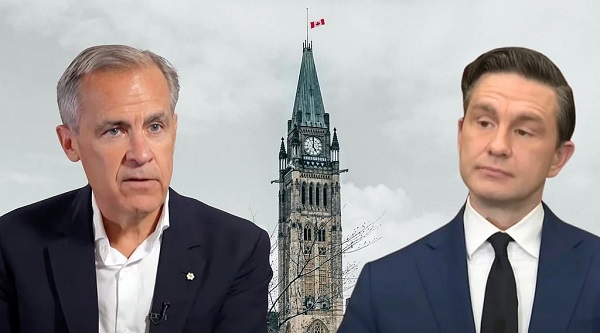
The Liberals’ first budget under Mark Carney— about nine months overdue— snuck through Parliament with Green Party leader-of-one Elizabeth “Margarita” May as the deciding vote. (All it took was a commitment to her insane climate targets.) A quick review of the Book of Revelations does not reveal this as a sign of the Apocalypse. But to Canadians who voted for a change in the spring it’s a rude reminder that no one is minding the store in Ottawa.
The Parliament Hill media has largely shelved discussion of Carney’s budget ‘guzintas (the PBO said there is a “less than 10 percent chance the government will keep its deficit-to-GDP ratio on a downward track through 2029-30… and Finance Canada has “changed its reporting of deficit financing, separating capital from operational spending.”) Translation: If Carney keeps on this track till 2030 the total GST collected from Canadians will not be enough to service the federal debt.
The chattering class is, however, full speed ahead on their Pierre Poilievre deathwatch. The leader of the CPC is one of their more anodyne figures to lead a party since Mackenzie King. His earnest kitchen-table schtick is about as dynamic as a cheese sandwich. Even when he famously defenestrated a blundering BC journalist in an apple orchard he never raised his voice. (What page am I taking from Trump’s book?”)

In the House of Commons, he has performed a monotone strafing of Liberal policy since becoming leader in 2023. He hasn’t elbowed aside a female NDP member. In the fine tradition of the House he does mock the Liberals front bench, throws water on their fevered policies and acts like a vice-principal of a small high school disciplining a student.
But in the judgment of today’s febered media— okay, the Liberals— he’s “rage-farming” or “rage-baiting” when pointing out that Canada’s debt is out of control, its real estate is a bubble waiting to burst and the relationship with the U.S. is flat lining. In fact he’s all rage, all the time, for their purposes. According to Carney’s bots, Poilievre stoops “to stirring and riling up ‘white-trash’ elements in society into hateful rhetoric against the prime minister. “
Team Carney has gloried in his travails since Donald Trump upended the spring election by cozying up to Carney. (Poilievre didn’t help himself taking pot shots at Trump who then dismissed Poilievre). CBC/ CTV/ Global savants who spit every time they mention Trump bizarrely were suddenly in enthusiastic approval of Orange Man Bad spanking PP for them.

The tone about his performance as opposition leader is vitriolic. “Pierre Poilievre’s rage-baiting and empty slogans aren’t what Canada needs”. His slogans (stolen by Carney during the election campaign), his by-election win in Alberta, his insistence on core issues— it drives the panelists on talk shows to fits for pique.
Which is funny when you think about it. Those with longer memories can recall the hijinx of the Liberals’ Rat Pack in the 1980s and 90s. Led by Sheila Copps (dubbed Tequila Sheila by Tory justice minister John Crosbie), Don Boudria and John Nunziata they were an early version of Polievere and Melissa Lantsman and the CPC front bench. Just more obnoxious.
Except the wind therapists were amused by them. Instead of rage monkeys they were the subjects of puckish CBC features. Copps could speak Italian with her (Hamilton) constituents and also had “perfect French,” said reporter Jason Moscovitz.” But she needles Mulroney in plain English,” he added, as Copps introduced a question for Brian Mulroney by comparing him to to Johnny Carson.
The irreverent Rats even produced their own T-shirts to wear in the House. “Other MPs say he’s sleazy, slimy, and a snake,” said Moscovitz, of Nunziata as he donned one of the T-shirts. So Nunziata used the same words in the House of Commons.”Sleazy, slimy Tory patronage!” he proclaimed on the floor of the House.

Laugh? We could have died. It was entertaining in the collegial debating club of the time. The sparring of the feisty Copps and her target John Crosbie was mint.
But now that the Liberals are entering a second decade of mismanaging the nation, their appetite for impertinence has disappeared. So the clever ripostes of Copps are now Poilievre “rage” farming and “rage baiting”. Some people have noticed the contrast: “Caucus unrest treated as a calamity when it involves the Conservatives, while Liberals get a pass” But the bubble-bound Canadian public only hears one slant.
In the U.S. there are hopeful signs of a bubble breakthrough. Hip TV host Bill Maher was forced to tell Woke comedian Patton Oswalt that his BlueSky world was strangling him. He enlightens an oblivious Oswalt on the UK grooming gangs. He also brought him up to reality when Oswalt said the Left never orders gender off of passports.
It’s not much, but it’s hopeful, at least in America. Here in Canada the information corridor is so thoroughly policed by the culture Stasi (using their dreaded Trump guns) that nothing can get through. Singing O Canada and not abusing the lyrics is considered a sacrilege on the Left. Daniel Smith is a Trumpist etc. Carney is intent on importing British hate speech convictions, not AI chips and nuclear energy.
If that isn’t enough of a bummer remember that Carney is just a stop-gap, a guy to rag the puck for a few years till the Liberals have groomed Justin’s eldest for the PMO. Where he can complete the Woking of traditional Canada that Grandpapa Pierre started in 1968.
Bruce Dowbiggin @dowbboy is the editor of Not The Public Broadcaster A two-time winner of the Gemini Award as Canada’s top television sports broadcaster, his new book Deal With It: The Trades That Stunned The NHL And Changed hockey is now available on Amazon. Inexact Science: The Six Most Compelling Draft Years In NHL History, his previous book with his son Evan, was voted the seventh-best professional hockey book of all time by bookauthority.org . His 2004 book Money Players was voted sixth best on the same list, and is available via brucedowbigginbooks.ca.
-
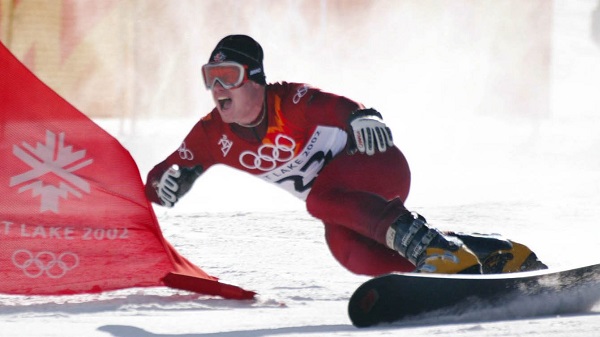
 Crime2 days ago
Crime2 days ago‘Modern-Day Escobar’: U.S. Says Former Canadian Olympian Ran Cocaine Pipeline with Cartel Protection and a Corrupt Toronto Lawyer
-

 Health2 days ago
Health2 days agoCDC’s Autism Reversal: Inside the Collapse of a 25‑Year Public Health Narrative
-

 Crime2 days ago
Crime2 days agoCocaine, Manhunts, and Murder: Canadian Cartel Kingpin Prosecuted In US
-

 Health2 days ago
Health2 days agoBREAKING: CDC quietly rewrites its vaccine–autism guidance
-

 Alberta1 day ago
Alberta1 day agoPremier Smith explains how private clinics will be introduced in Alberta
-
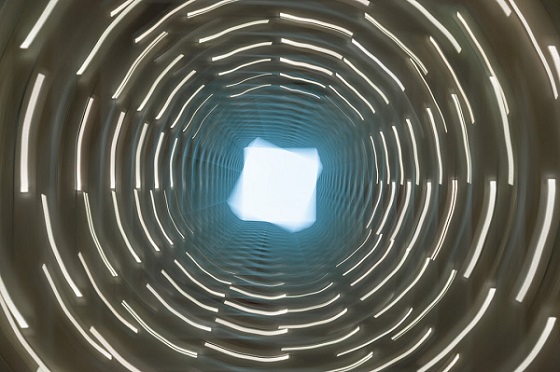
 Opinion2 days ago
Opinion2 days agoLandmark 2025 Study Says Near-Death Experiences Can’t Be Explained Away
-

 Focal Points2 days ago
Focal Points2 days agoSTUDY: TikTok, Instagram, and YouTube Shorts Induce Measurable “Brain Rot”
-
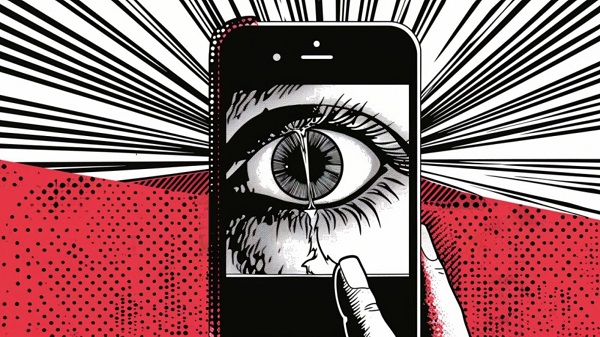
 Censorship Industrial Complex1 day ago
Censorship Industrial Complex1 day agoUK Government “Resist” Program Monitors Citizens’ Online Posts



